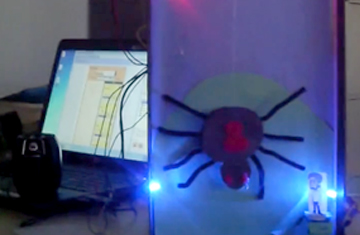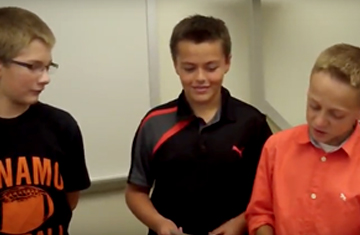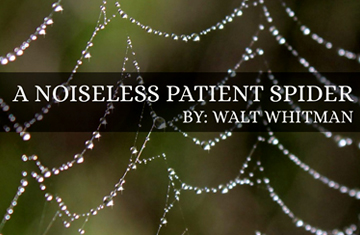Helping Allegheny Students Learn 21st Century Skills Using Technology Creatively
By Sue Mellon | September 12, 2017
Sue Mellon is a Gifted Support Coordinator/Teacher at Allegheny Valley School District’s Springdale Jr. and Sr. High which distinguishes itself as dedicated to the future readiness of students. About six years ago, Sue took a Creative Robotics class from Dr. Nourbakhsh at Carnegie Mellon University. It was there that she realized the problem of students’ self-selection away from using technology creatively. This concept transformed her work with students, peers, and administrators. The Infy Maker Award grant was applied to help non-technology based teachers at Springdale create a makerspace. Sue facilitates the use of creative technologies into team teaching at Springdale.
In their study titled "The Effect of Raft Hands-on Activities, on Student Learning, Engagement, and 21st Century Skills," authors Kristin Bass, Danielle Yumal, and Julia Hazer report on the superior achievement of students after using Raft hands-on activities for math concepts.
While I have not conducted a study, I have witnessed similar results using the Birdbrain Technologies Hummingbird Robotics kits with middle school students and poetry comprehension. My peers and I conduct a unit each fall in which the 7th grade students are placed in groups of three or four and assigned a poem. Each group’s poem is different and we are careful to cycle poems so that students who have friends in the grade above cannot use these friends to help them comprehend their poem.
The group’s task is to read the poem and then to design and build a robotic diorama. The diorama is to have a speaking component and the students use Audacity to record a reading of the poem. While a student-created computer program triggers this voice file, it will also direct LEDs, servos, and motors to activate and move in ways that complement the words and highlight the poem’s meaning.
Take the case of three 7th grade boys. On the first day when they sat in a group, they were quite challenged by their poem, which was Walt Whitman’s A Noiseless Patient Spider. Although all three were strong students who had scored advanced in the state testing for English Language Arts, they complained that they did not understand what their poem was about. While all three of them could provide a textbook definition of a metaphor yet they were struggling to see the metaphor expressed in the poem.

The students have about six 40 minutes periods in which to build their robotic diorama and so each day these boys worked. They reread the poem as they argued about what their diorama should look like. They reread their poem numerous times as they worked towards the required audio file that is graded for pausing, pronunciation, and accuracy. They laughed and hot glued as they used a motor to spool fishing line to move their spider up and down rhythmically as the voice file played. They assembled a variety of random art supplies to create the background for their diorama.
On the fifth day of the unit, we have the “show” and each group must play their diorama for their classmates. But before they play their diorama, each group must explain their project to the class and tell how their finished project related to the meaning and/or message of their assigned poem.
So, on this particular "show" day, it was the expected mayhem that occurs when 7th graders are up against a deadline and the project involved is not a seated-in-rows type of task. In fact, I recall telling the boys in this “spider” group to keep their hands off each other just before they were to explain their poem and project.

We gave the "all quiet" signal and Joe began their presentation. The first words out of his mouth were "The filament leaving the spider is like feelings leaving the soul." I almost fell over because on Day One of the unit none of the boys could tell me what filament was and no one had a clue there was a metaphor. As any teacher teaching today, I was wondering if this poem was found on Shmoop or Sparknotes so I asked Joe where this idea came from and he said, "It just popped in my head."
Repetitive readings of a poem can help us all understand more fully the poet’s message. A hands-on making activity like creating a robotic diorama gives middle school students an opportunity for natural repetition of a poem. The more time spent reading, arguing, designing, building, programming, and creating resulted in the more that the boys understood their assigned poem.
John Ruskin, an English art critic of the Victorian era once said, "The highest reward for a man's toil is not what he gets for it, but what he becomes by it." These boys have been transformed into thinkers who can have independent thoughts about poetry.
Reference
Bass, Kristin M., Danielle Yumol, and Julia Hazer. "The Effect of Raft Hands-on Activities on Student Learning, Engagement, and 21st Century Skills." RAFT Student Impact Study. Rockman et al, 2011. Web. 24 Jan 2012.
http://www.raft.net/public/pdfs/Rockman-RAFT-Report.pdf


